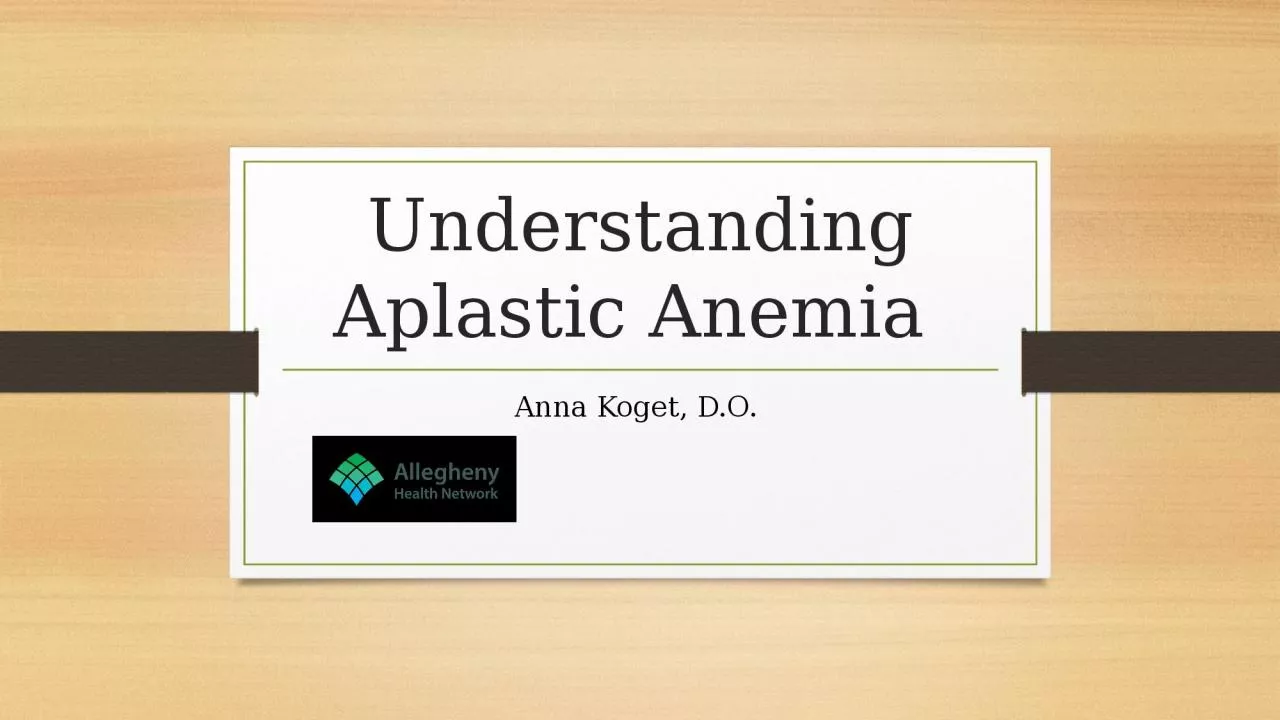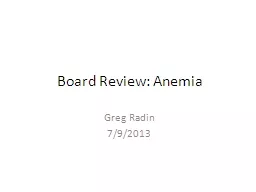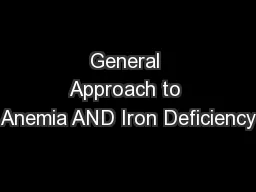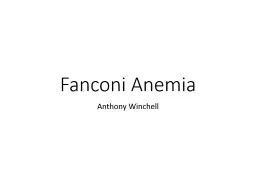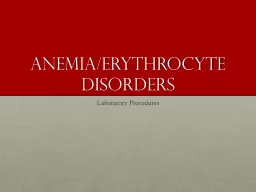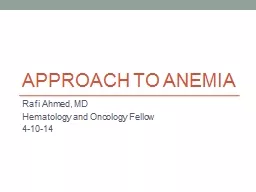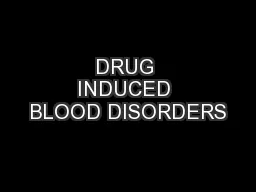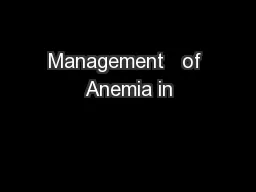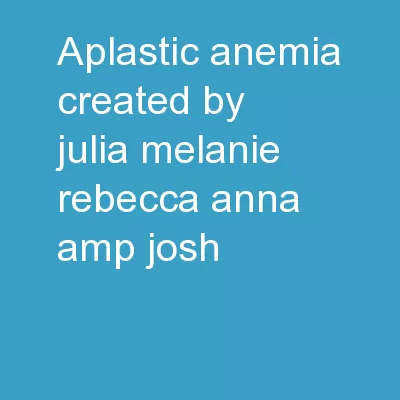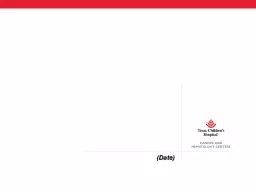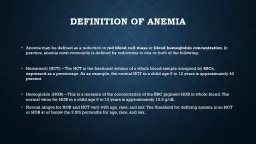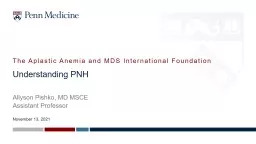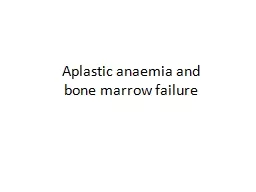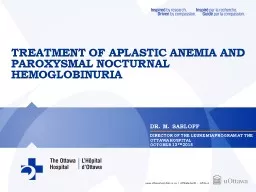PPT-Understanding Aplastic Anemia
Author : ruby | Published Date : 2023-12-30
Anna Koget DO Aplastic Anemia An acquired stem cell disorder Idiopathic unknown etiology in 70 of the cases Diagnosis of exclusion Important to differentiate
Presentation Embed Code
Download Presentation
Download Presentation The PPT/PDF document "Understanding Aplastic Anemia" is the property of its rightful owner. Permission is granted to download and print the materials on this website for personal, non-commercial use only, and to display it on your personal computer provided you do not modify the materials and that you retain all copyright notices contained in the materials. By downloading content from our website, you accept the terms of this agreement.
Understanding Aplastic Anemia: Transcript
Download Rules Of Document
"Understanding Aplastic Anemia"The content belongs to its owner. You may download and print it for personal use, without modification, and keep all copyright notices. By downloading, you agree to these terms.
Related Documents

